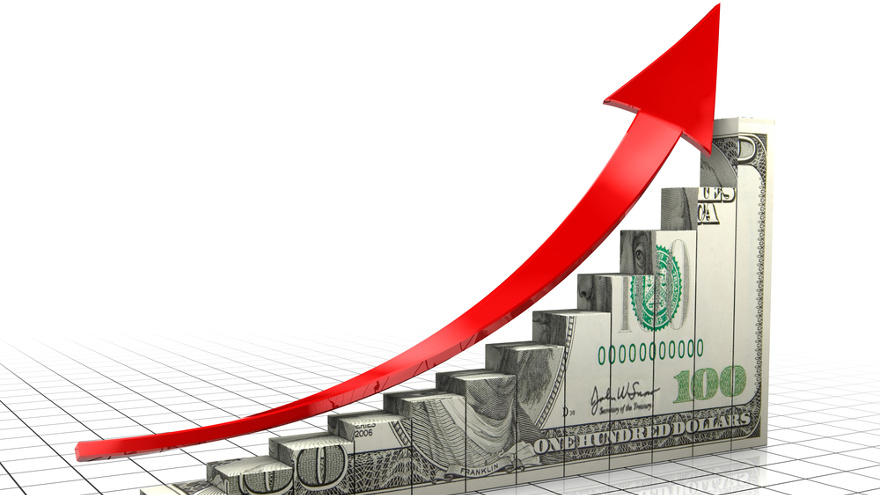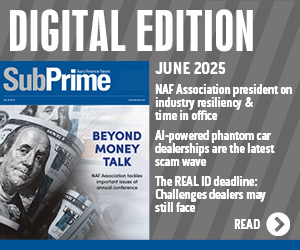Auto defaults jump by 10 basis points in September

Auto defaults continued their cyclical move higher in September, crossing the 1-percent threshold and landing at nearly the highest spot in three years.
The data through September reviewed by S&P Dow Jones Indices and Experian showed that auto finance defaults increased 10 basis points to 1.05 percent. That’s the highest level analysts have seen since February 2015 when the reading came in at 1.06.
The vehicle finance segment of the S&P/Experian Consumer Credit Default Indices now has climbed for three consecutive months after dipping to the low point of the year back in June at 0.82 percent.
After increasing 9 basis points in August, the auto finance default rate increased 10 basis points in September. These are the two largest month-over-month increases since December 2011.
Meanwhile the composite rate — a comprehensive measure of changes in consumer credit defaults — ticked up 2 basis points in September from the previous month to come in at 0.88 percent.
The first mortgage default rate increased 1 basis point from August to 0.66 percent.
The bank card default rate continued to fall, down 4 basis points to 3.15 percent, dropping to its lowest level so far in 2017. As in August, bank cards were the only loan type to see a decrease in default rates in September.
Four of the five major cities that analysts watch regularly produced default-rates increase in September.
Chicago and Miami had the largest increases, each up 6 basis points to 1.00 percent and 1.19 percent, respectively.
New York came in at 0.97 percent, an increase of 2 basis points from August.
Dallas reported an increase of four basis points to 0.78 percent.
Los Angeles was the only major city reporting a decrease with a 1 basis point drop to 0.65 percent.
While there were increases in many places of the team’s monthly update, David Blitzer, managing director and chairman of the index committee at S&P Dow Jones Indices, did not ring alarm bells.
“While the composite consumer credit default rate eased higher in the last three months, it is even with the level of one year ago,” Blitzer said. “Looking at the components, we see that moves among mortgages, bank cards and autos have tended to offset one another over the past year. As a result, no sector is currently showing substantial increases or signs that consumers are facing renewed financial stress.
“Other economic indicators through the summer echo consumers’ favorable condition: debt service as a proportion of income is modest while consumer credit and mortgage borrowing continues to see moderate expansion,” he continued.
“Consumers in some parts of the country may face other challenges that could shift the consumer credit default picture. Hurricanes Harvey and Irma wreaked havoc across the South and southeastern United States; more recent wildfires in California and the west are creating further damage and loss,” Blitzer went on to say.
“Estimates of hurricane damages suggest a total cost of $70 billion including the loss of possibly one million automobiles,” he added. “Damage estimates for the fires are still being determined. Even after insurance coverage and government aid programs, many consumers will face very large unexpected expenses stressing their personal financial situations. Increased consumer credit default rates over the next several months are likely.”
Jointly developed by S&P Indices and Experian, analysts noted the S&P/Experian Consumer Credit Default Indices are published monthly with the intent to accurately track the default experience of consumer balances in four key loan categories: auto, bankcard, first mortgage lien and second mortgage lien.
The indices are calculated based on data extracted from Experian’s consumer credit database. This database is populated with individual consumer loan and payment data submitted by lenders to Experian every month.
Experian’s base of data contributors includes leading banks and mortgage companies and covers approximately $11 trillion in outstanding loans sourced from 11,500 lenders.


